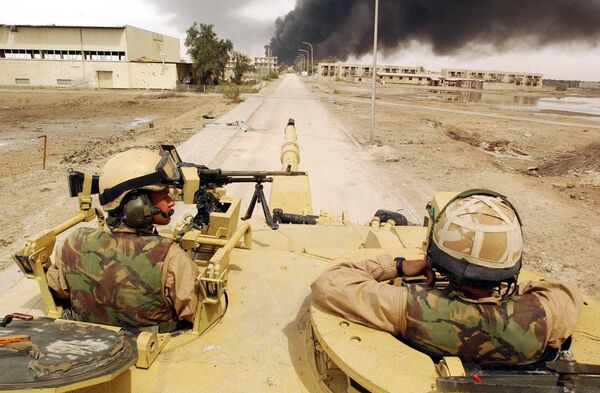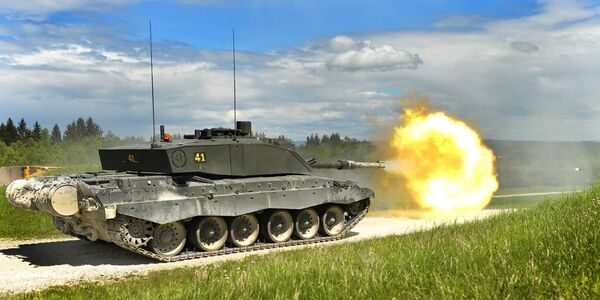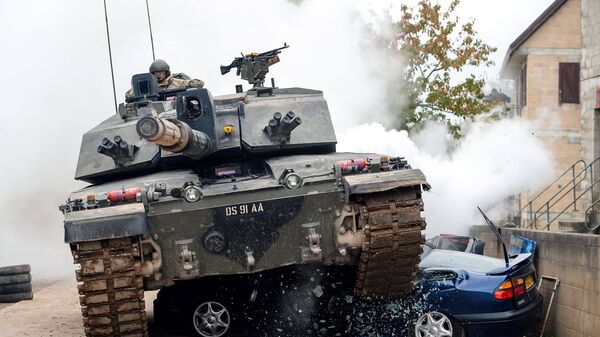Commenting on this, expert Alexander Khrolenko of the International Information Agency Rossiya Segodnya wondered why British tank crew members had decided to grapple with the alleged "Russian threat" by using the Channel Tunnel.

"Perhaps, they think that transporting [Challengers 2] tanks through the Channel Tunnel will be safer than on board a ferry, which can be attacked by the enemy from the air or from under the water," Khrolenko said.
At the same time, he recalled that the tunnel can be blocked by several missile strikes and that currently, the UK has a total of 227 Challenger 2 tanks, a number that is due to be reduced by one third in the next few months.

"The British military will cherish the remaining 170 Challenger 2 tanks as the apple of their eye," Khrolenko said, stating that a whopping 2,700 tanks are currently in service with the Russian armed forces.
Describing the Challenger 2 tank as a moth-balled and super heavy vehicle, Khrolenko expressed surprise about the feasibility of transporting these tanks to mainland Europe, where similar obsolete armored vehicles are not uncommon.

"The concept and technology turned the Challenger 2 into one of the bulkiest and heaviest Western tanks," he said, adding that the Challenger 2's characteristics, for example, yield significantly to those of Russia's T-90S main battle tank.
The Challenger 2 entered service in 1998 and has long been considered one of the best-protected tanks in the world.
Their decision was apparently prompted by the T-14's abilities, demonstrated in public in May 2015, experts said.
Never miss a story again — sign up to our Telegram channel and we'll keep you up to speed!




